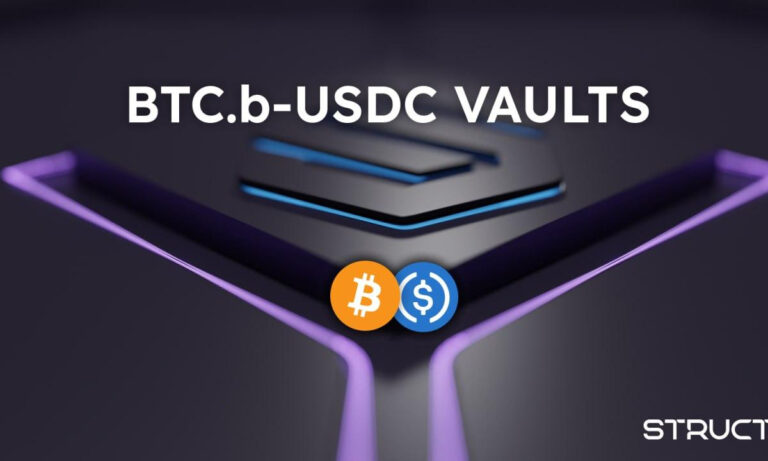G20 Summit in New Delhi: BRICS Gold-Backed Currency Ambitions Face Uncertainty Amid China-India Tensions

- The G20 Summit in New Delhi, set to begin on September 9, is expected to bring together leaders from the world’s most influential nations.
- India is hosting the G20 Summit for the first time, and significant preparations have been made in New Delhi to welcome global leaders.
The upcoming G20 Summit in New Delhi, scheduled to commence on September 9, is a momentous event that will bring together leaders from some of the world’s most powerful nations. India, as the host, has meticulously prepared for this occasion, adorning public buildings with fresh paint and decorating traffic intersections with vibrant flowers. However, beneath the surface of this grand event lies a complex geopolitical puzzle, particularly regarding the ambitious goal of the BRICS nations to introduce a gold-backed currency aimed at challenging the dominance of the U.S. dollar.
The vision of the BRICS countries (Brazil, Russia, India, China, South Africa) to establish a gold-backed currency as an alternative to the U.S. dollar faces uncertainty. The relationship between two key players in this endeavor, China and India, is strained, which casts a shadow over the project’s success. Notably, China’s decision to send Premier Li Qiang instead of President Xi Jinping to represent them at the G20 Summit highlights the deepening divisions between these two nations.
Diplomatic discord between China and India was evident during the recent BRICS conference in Johannesburg. While Chinese President Xi Jinping and Indian Prime Minister Narendra Modi attempted to project unity, discussions about their contentious border region revealed significant diplomatic tensions.
Russia is set to assume the BRICS chairmanship next year, and there is a palpable push to advance the de-dollarization agenda and establish a new global trade financial structure. However, the realization of a gold-backed BRICS currency hinges on the full cooperation of economic giants China and India. China, with an $18.3 trillion economy, ranks just behind the U.S., far surpassing the combined economies of the other BRICS nations, except India. India’s $3.5 trillion economy notably outpaces Russia’s $2.1 trillion. While Russia faces economic headwinds due to sanctions, and China deals with decelerated growth, India is poised for an impressive 6.1% growth this year.
Underlying Geopolitical Dynamics
Beyond economic metrics, several critical factors contribute to this geopolitical puzzle. India’s active participation in the Quadrilateral Security Dialogue (QSD) or the Quad, which aims to counter China’s territorial ambitions, has gained prominence. Moreover, while China and Russia experience a lack of collaboration with Western tech companies, India appears to be aligning more with U.S.-led alliances. India’s recent success in lunar exploration, showcased during the BRICS summit, hints at an emerging technological divergence within BRICS.
Despite speculations that China and Russia might use their gold reserves to support the new BRICS currency, the intricate web of security concerns, alliances, border disputes, technological disparities, and trade dynamics appears to be widening the divide between the two Asian giants.
Without a harmonized approach at international platforms like the G20 and a steadfast commitment to their trading bloc, the dream of a gold-backed BRICS currency may remain elusive.










